You would expect the backstage cacophony of voices to be energetic in Tel Aviv, but on this day the babble is louder than ever, the energy more frenetic. The Israel Philharmonic Orchestra is taking a brief break from rehearsing at its home in the Mann Auditorium, preparing for its 70th anniversary concert on Dec. 26.
Conversations in Hebrew, Russian, German and English fill the air. Two of the orchestra’s musicians play chess, loudly clapping down on the timer after each move. The creative chaos is just a little heady.
Renowned violinist Pinchas Zukerman casually greets friends as he wanders through the crowd of musicians, waiting his turn to rehearse.
Just moments before, they had been sitting before their music director, Zubin Mehta, rehearsing the orchestral parts to Brahms’ First Piano Concerto. Soloist Daniel Barenboim was absent from the rehearsal, because he was playing in Ramallah on this morning and was delayed getting back. But now, after the break, the ever-provocative Barenboim is here, and Israel’s premier orchestra is ready to work.
The orchestra is laid out on the “Beethoven Model.” First and second violins are split on the far left and right sides of the stage. On the left, cellos sit next to the first violins, and violas sit next to the seconds. Contrabasses sit behind the cellos, and fanned out next to them are the woodwinds. The back rows are made of brass and percussion.
Mehta lifts his baton, and they begin. Barenboim’s playing is passionate, giving the impression that he is about to lose control. Then, as the music quiets, he resumes a kind of contained intensity, allowing himself a free tempo rubato that carries the listener along the rising waves of pure emotion. He isn’t so much playing Brahms as channeling his spirit.
The violins join the piano, and the orchestra grows behind the soloist. A horn sweetly pierces the quiet. Then, suddenly, the spell is broken as Mehta stops the orchestra to go over the section they just played, rehearsing a single phrase several times, tightening the interpretation to a perfect balance of its parts.
The spell resumes for an extended time, then screeches to a halt. “The crescendo at 304 is too early,” Mehta says. “Put the crescendo at 305. Can we now go to 335?”
Immediately, the cellos and basses thunder, picking up an arpeggiated motive. Again the orchestra builds, then stops to allow the piano room to play. Again Mehta stops them.
“His piano is too much. Too much,” the conductor says. “Please, can you do that again?”
Barenboim repeats the section, only quieter this time, then sips from a bottle of water as the violins take up the melody. In a flash, he is playing again. To call it mesmerizing is to miss the point. This is no trance. This is possession.
The orchestra builds to a great fortissimo, holding a strong tremolo. I sit close enough to hear the rosin on the bows of the first violins. Barenboim is pounding the keys with fierce intensity; the melody in octaves breaks into arpeggios that fall down the piano like a driving rain. Intellectually, I know that Brahms wrote these notes, but Barenboim is pounding his heart out on stage, as if the music is being created on the spot.
The music grows quietly majestic. Beneath the piano, a bassoon begins a bass line that is taken up by the lower strings, then quiets to let the piano speak in a language of chordal tension. As the piano lapses into arpeggios, the woodwinds lean in to support it.
Now Barenboim is playing the finale, giving it all the fire it deserves. Violins take up the melody, then all quiets down to an agitato pulse of violas, then basses before erupting into a blast of trumpets and French horns from the back of the stage.
Mehta works the section over and over, each time stopping the orchestra before the end of the section. At one point, a frustrated kippah-clad violinist rushes forward and cries, “Just let us finish the section.”
Mehta brushes aside the orchestra’s fatigue. These are seasoned professionals who, despite their notorious temperament, can keep playing even in the harshest conditions.
“We continue right after the pa-pa-pa,” Mehta announces.
A cello player asks, “Which pa-pa-pa?”
Mehta answers, “Right here.”
And then they are playing again, the dialogue between piano and orchestra moving toward its inevitable conclusion, breaking into a brief march for bassoon and tympani, then to impossibly fast arpeggios before the cadenza. As the strings approach the final notes, the whole thing falls apart.
“What a mess” Mehta cries. “Again at the end of the cadenza. Not too slow this time.”
Barenboim trills the end of the cadenza, the horns and winds ring their fanfare, and this time the ending is perfect.
 >
>



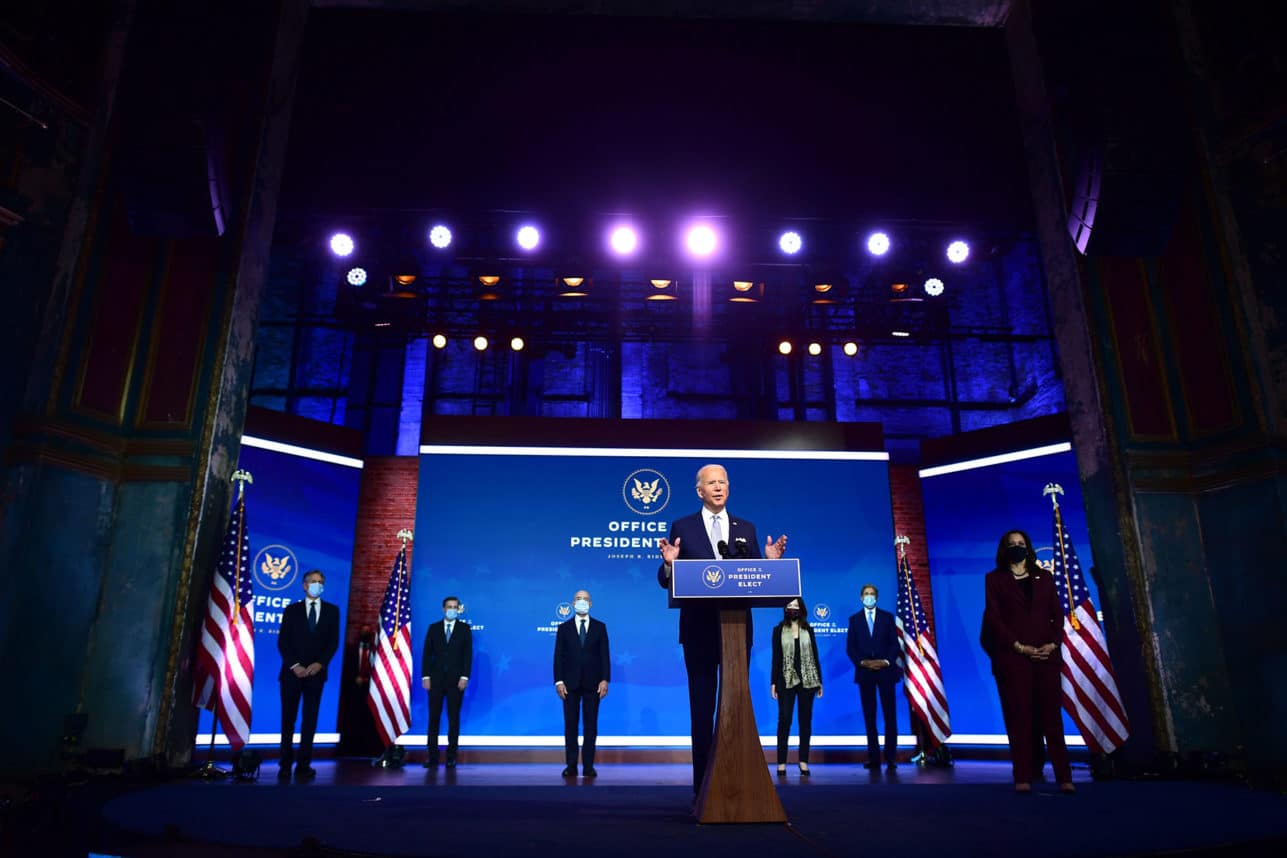
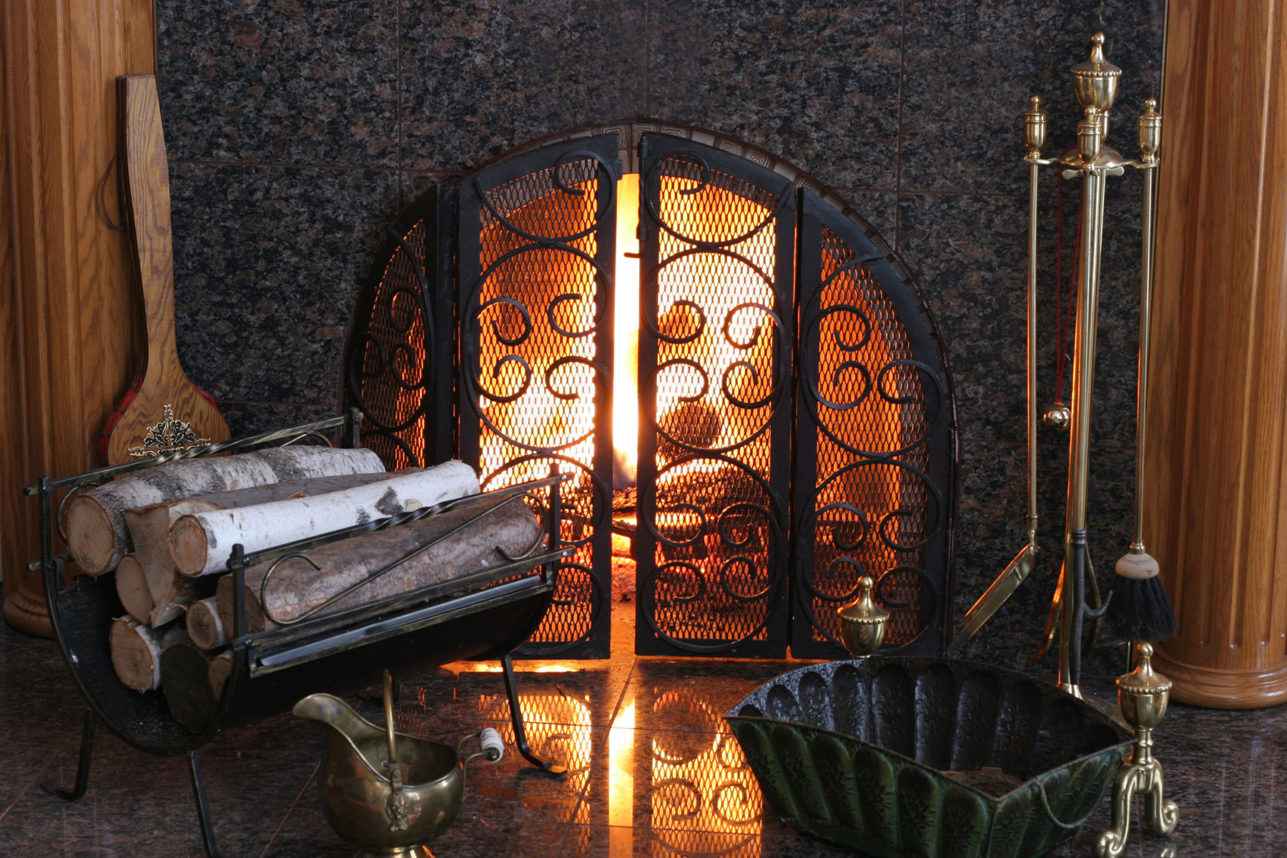


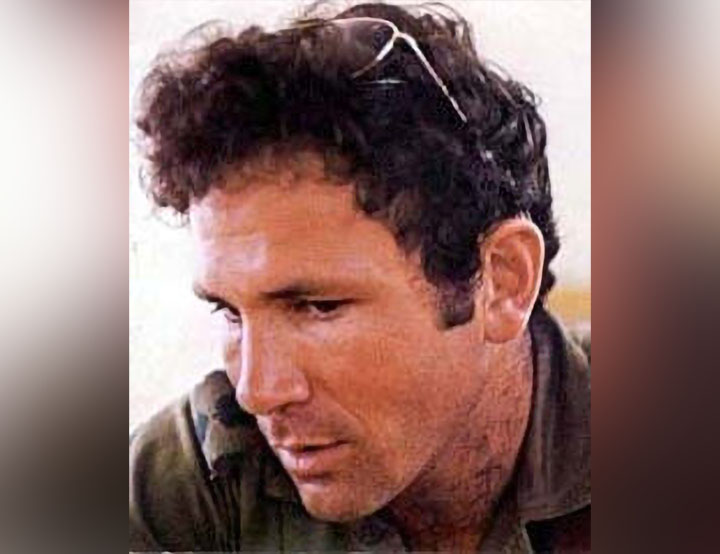
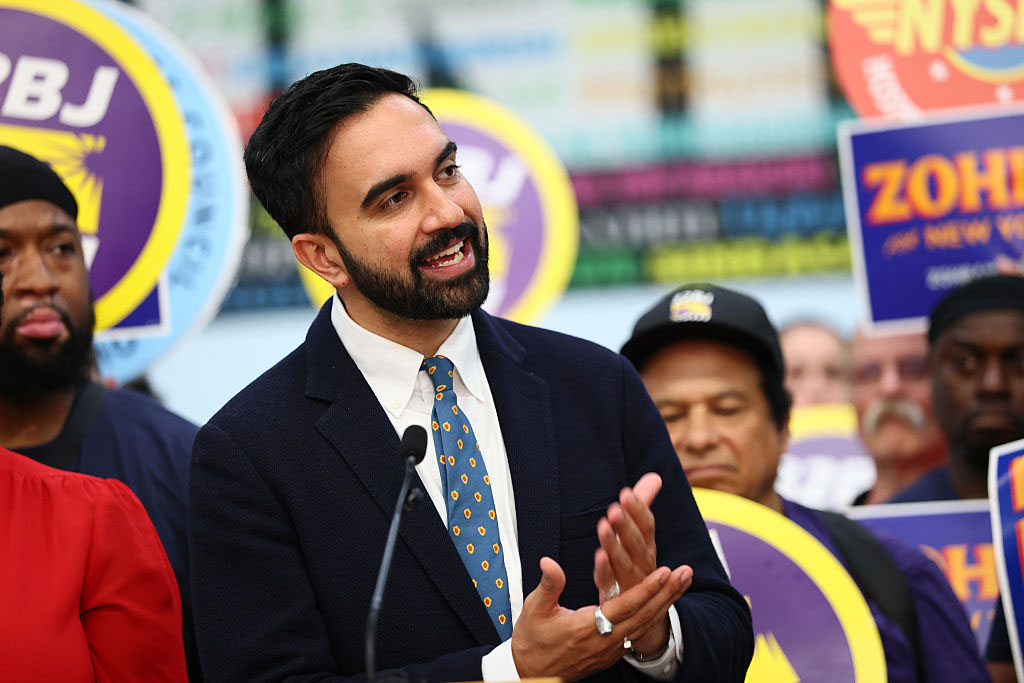




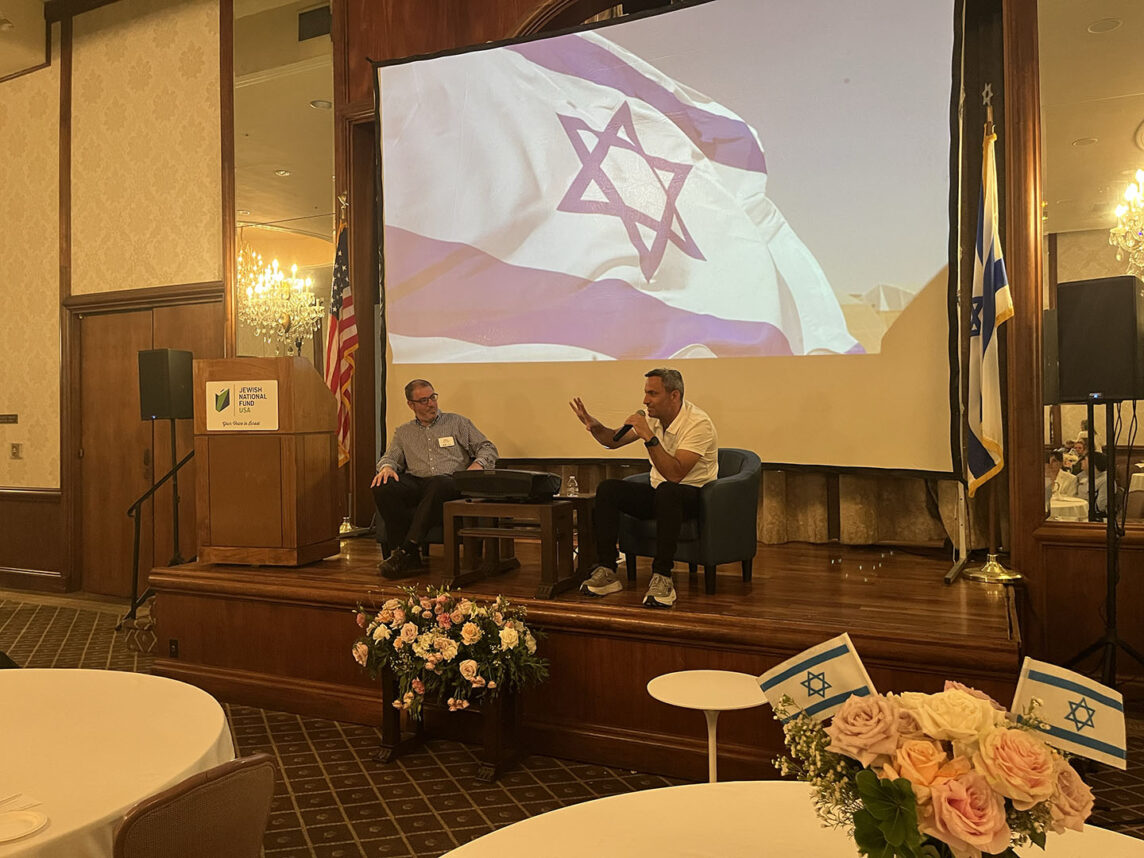


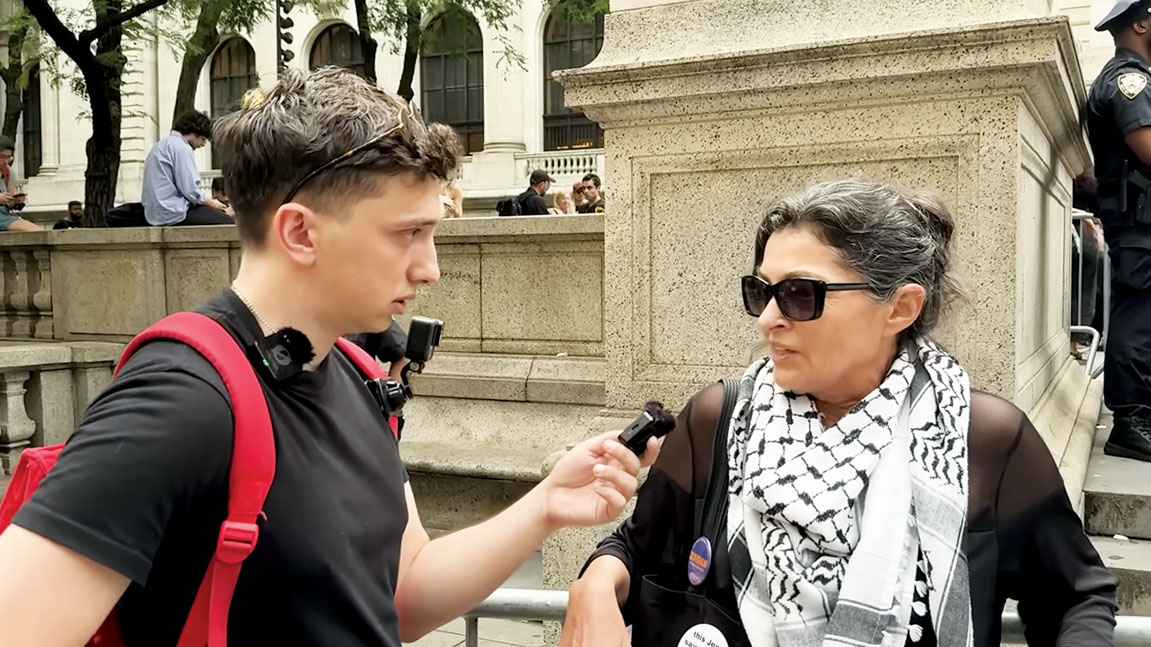


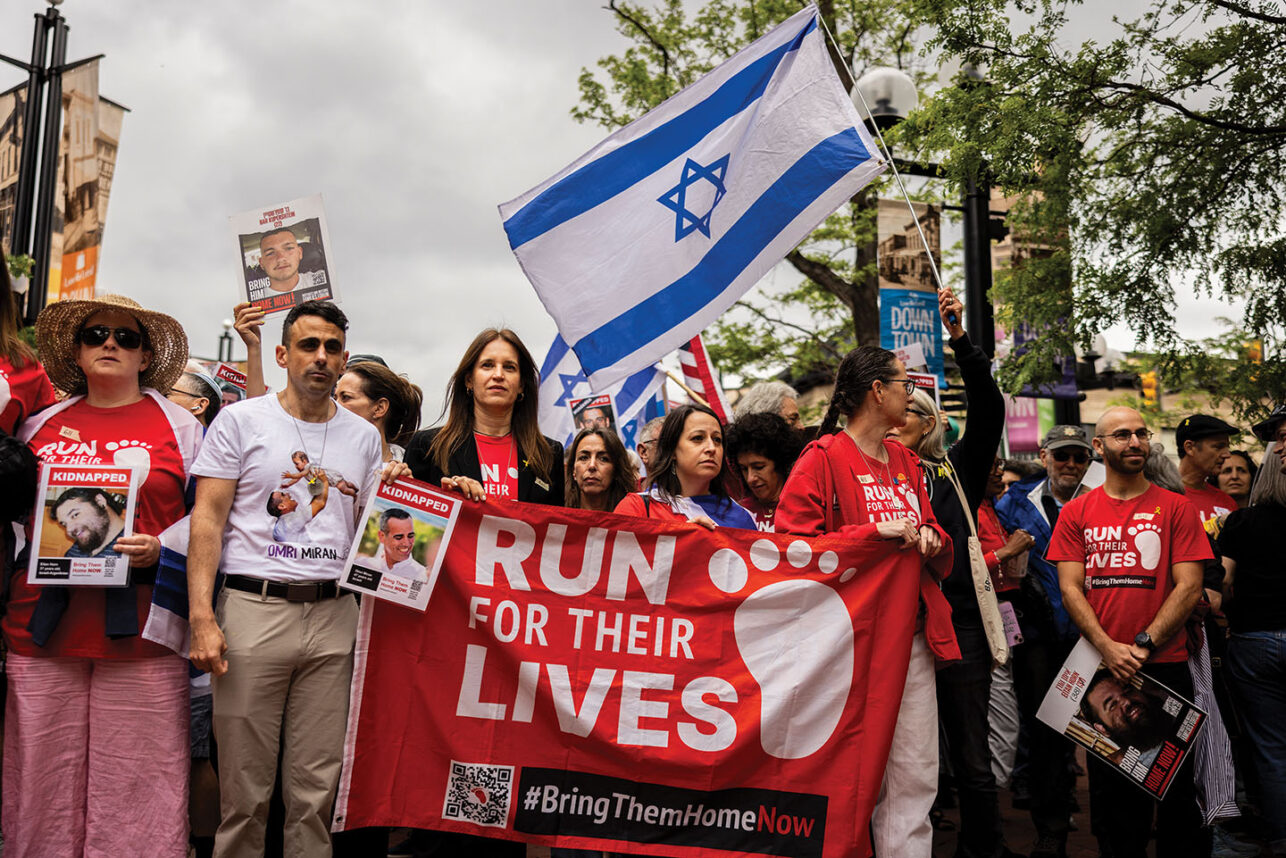


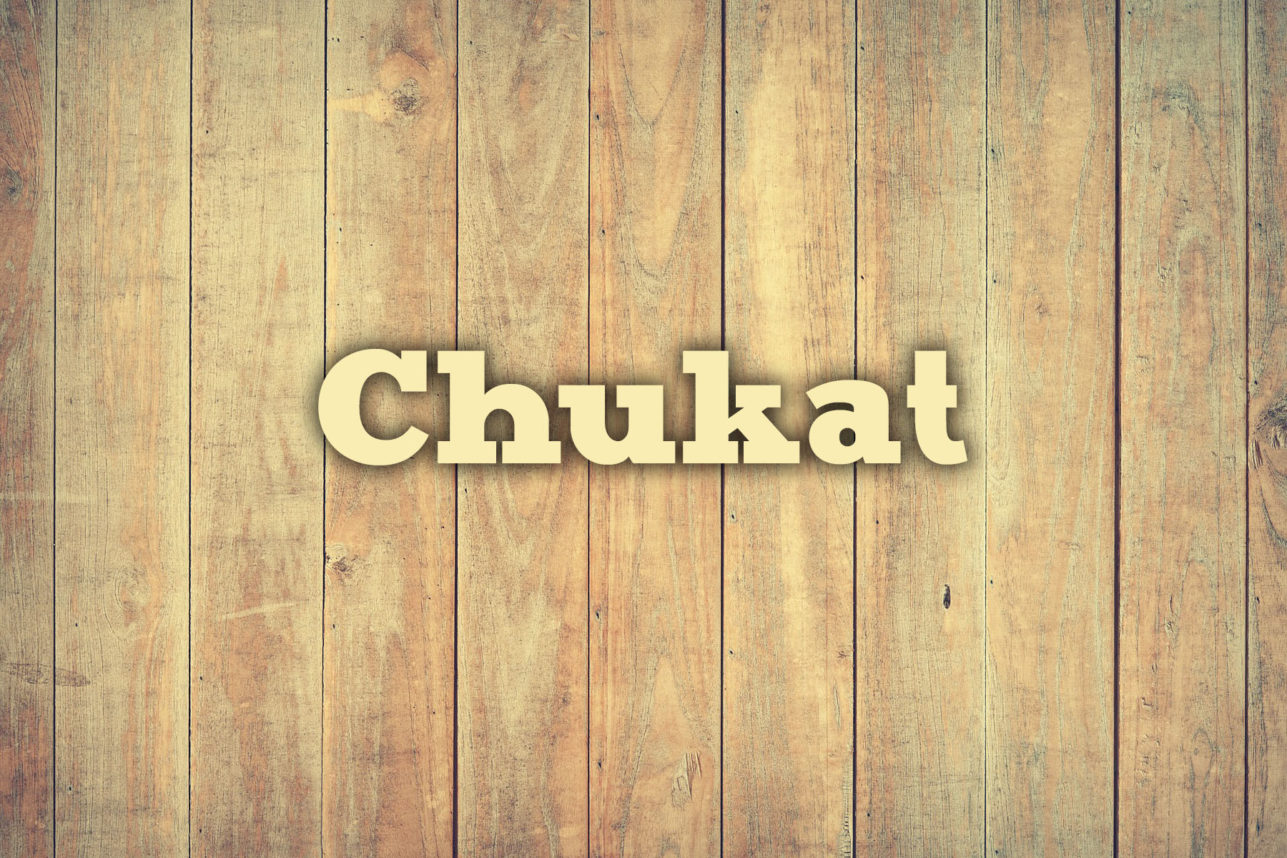

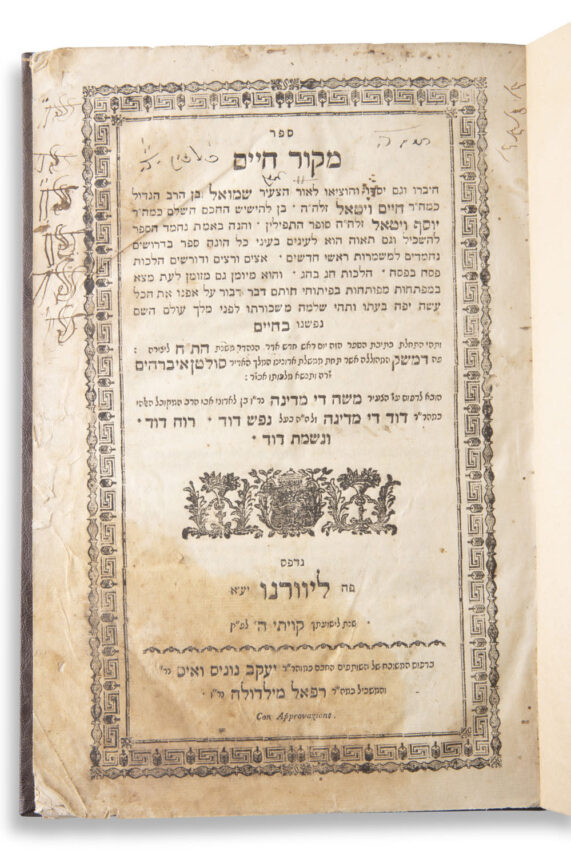

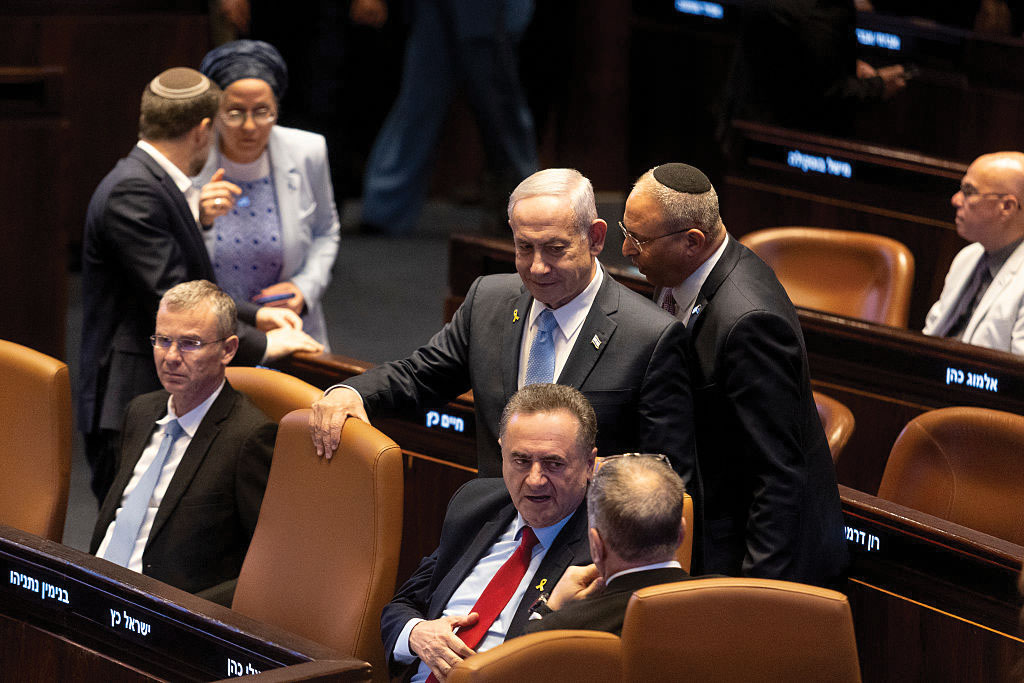
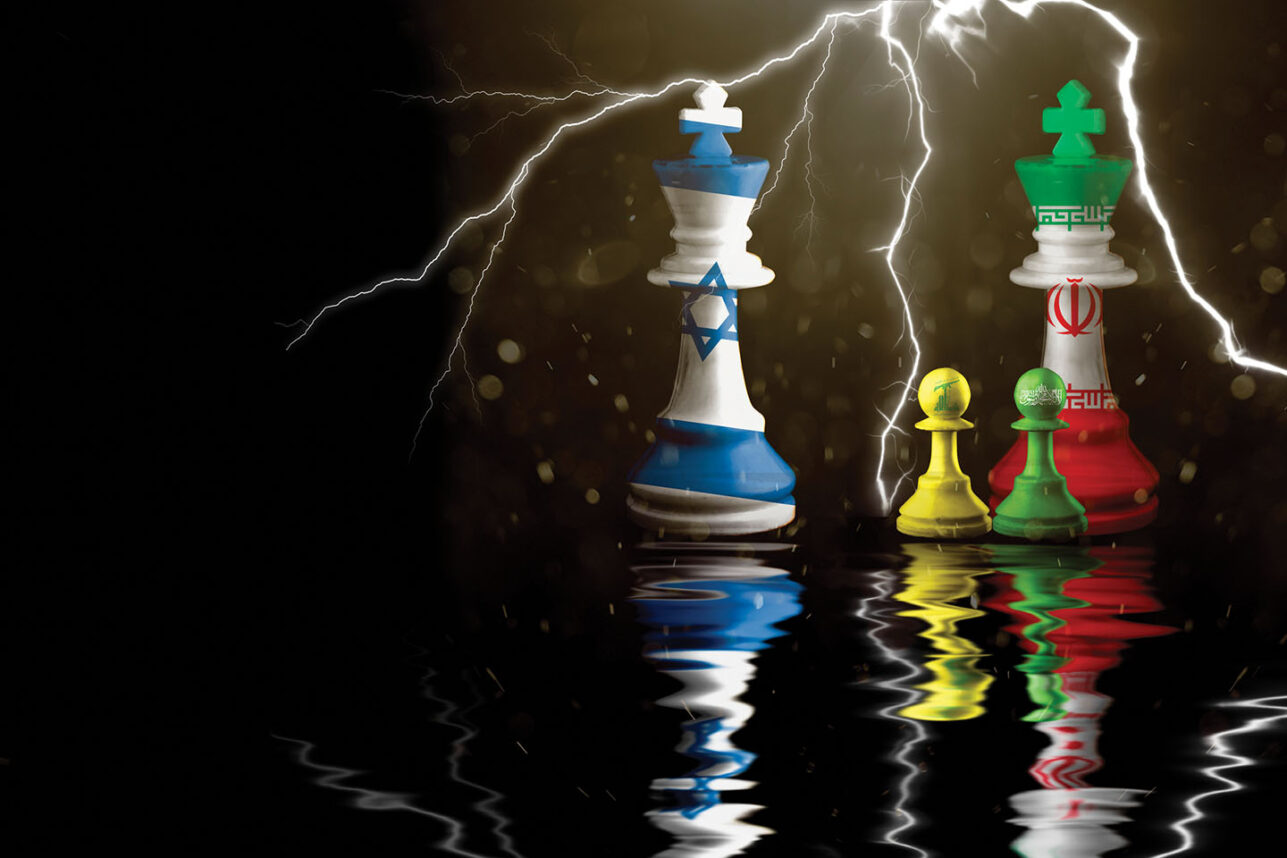


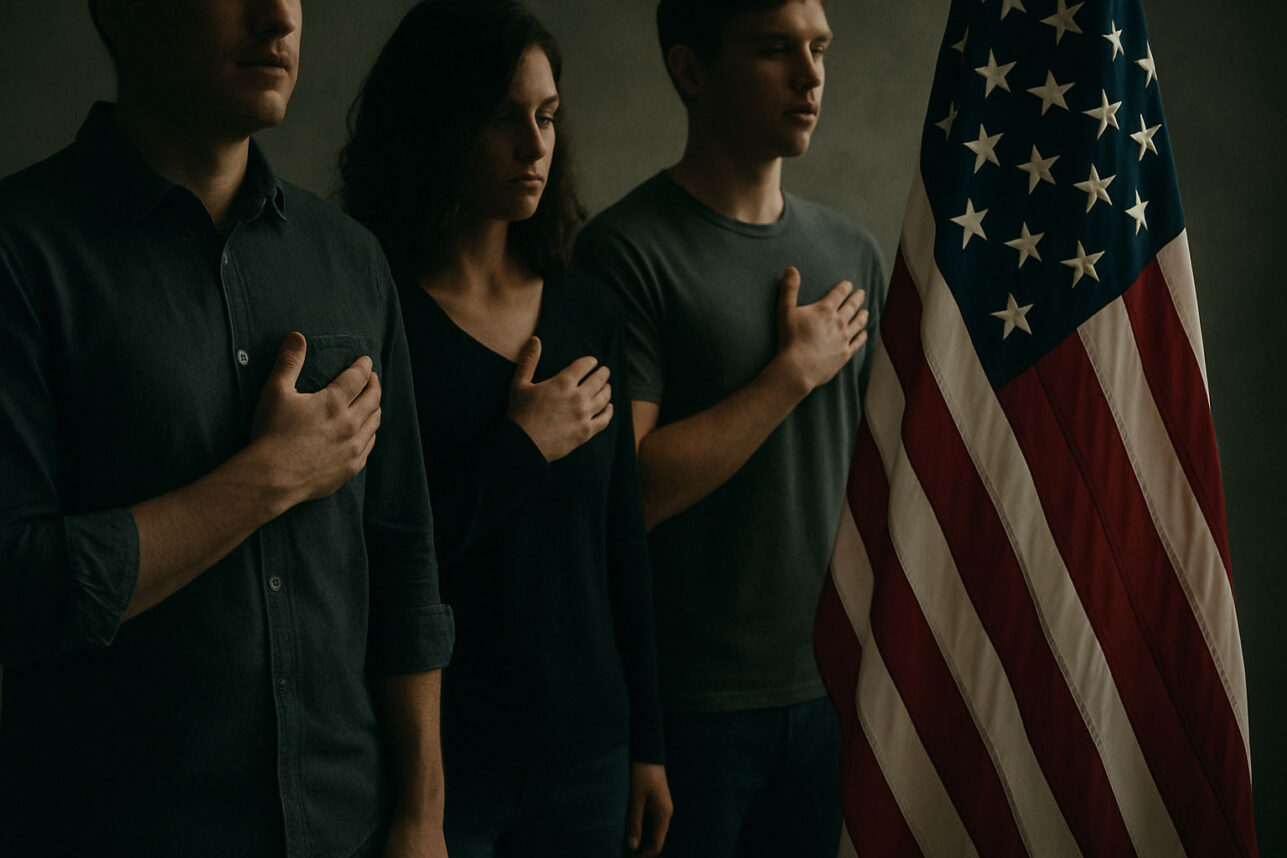
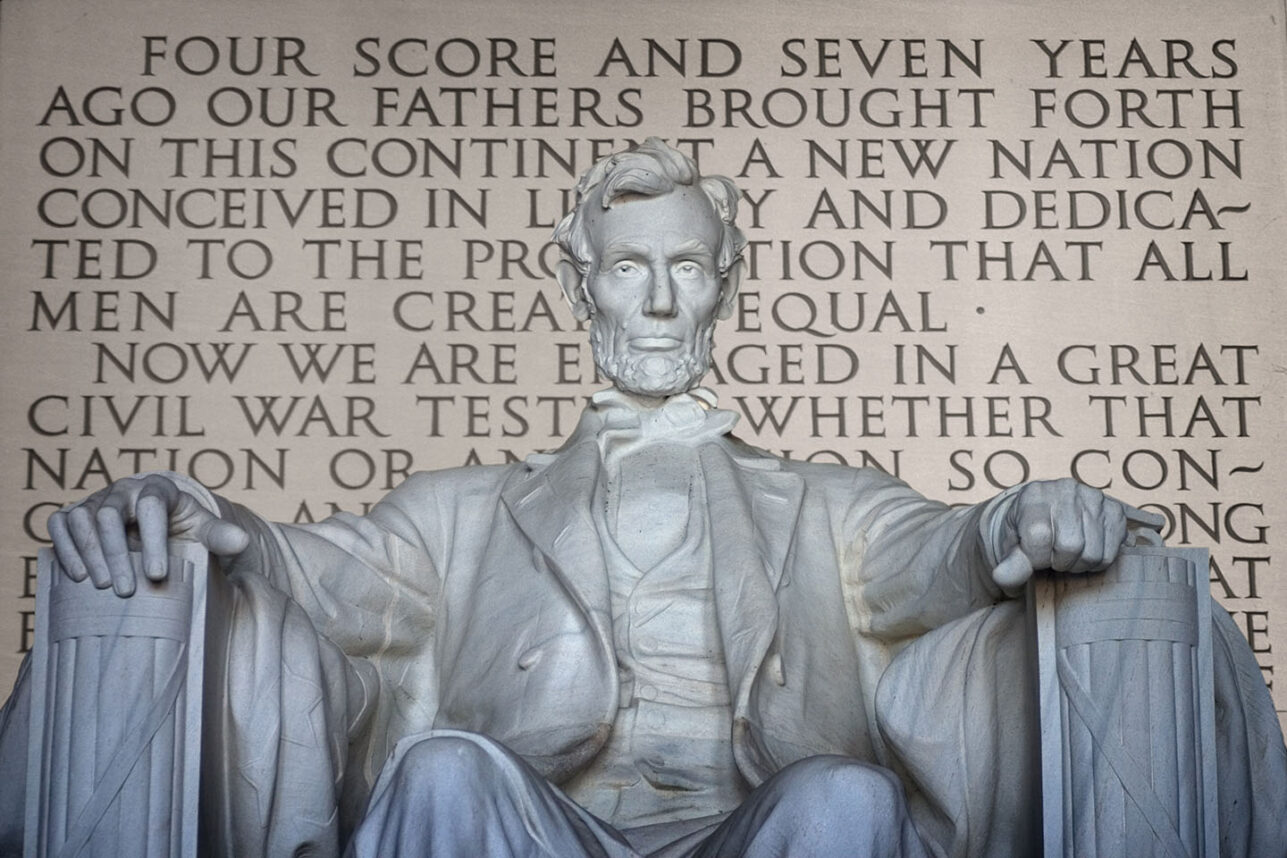

 More news and opinions than at a Shabbat dinner, right in your inbox.
More news and opinions than at a Shabbat dinner, right in your inbox.